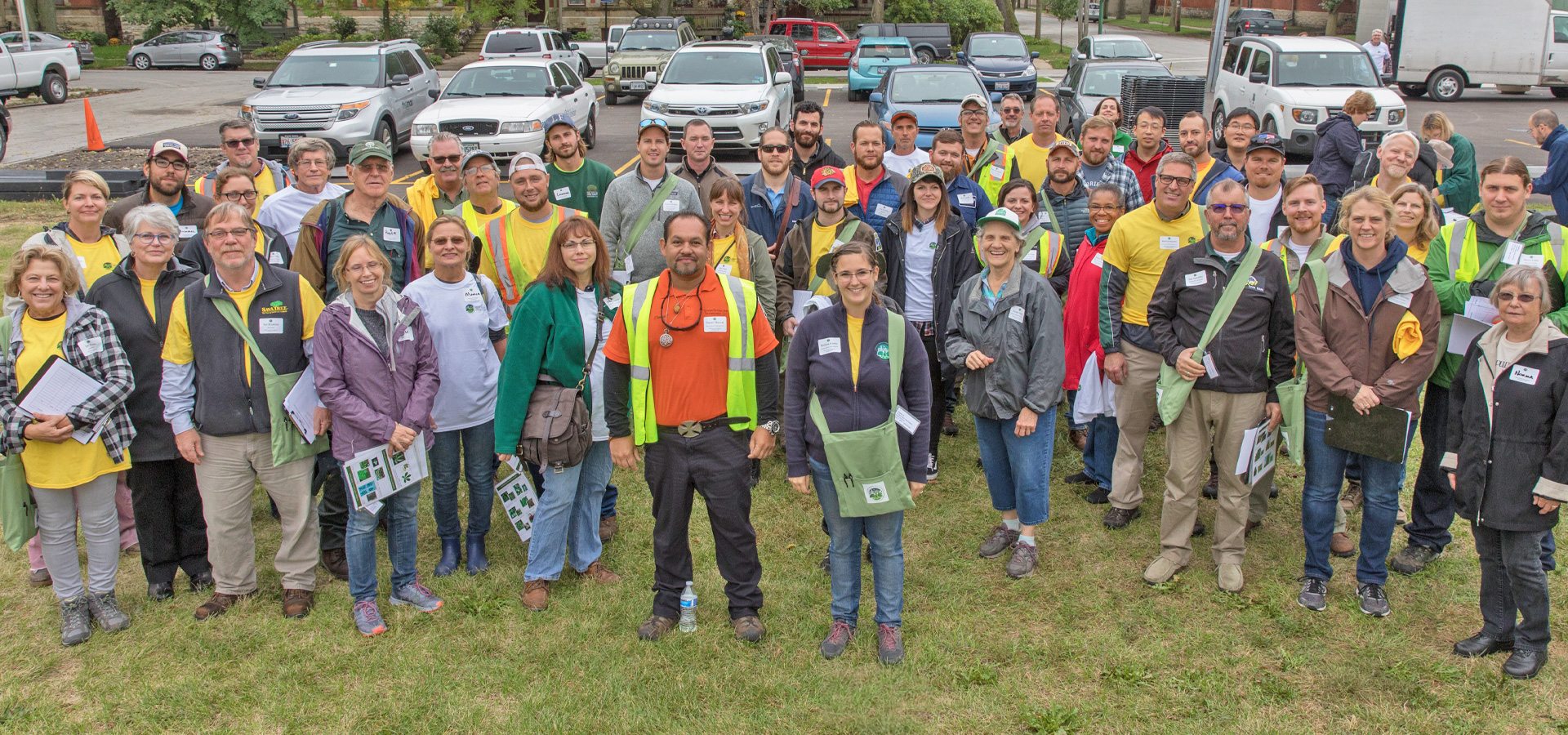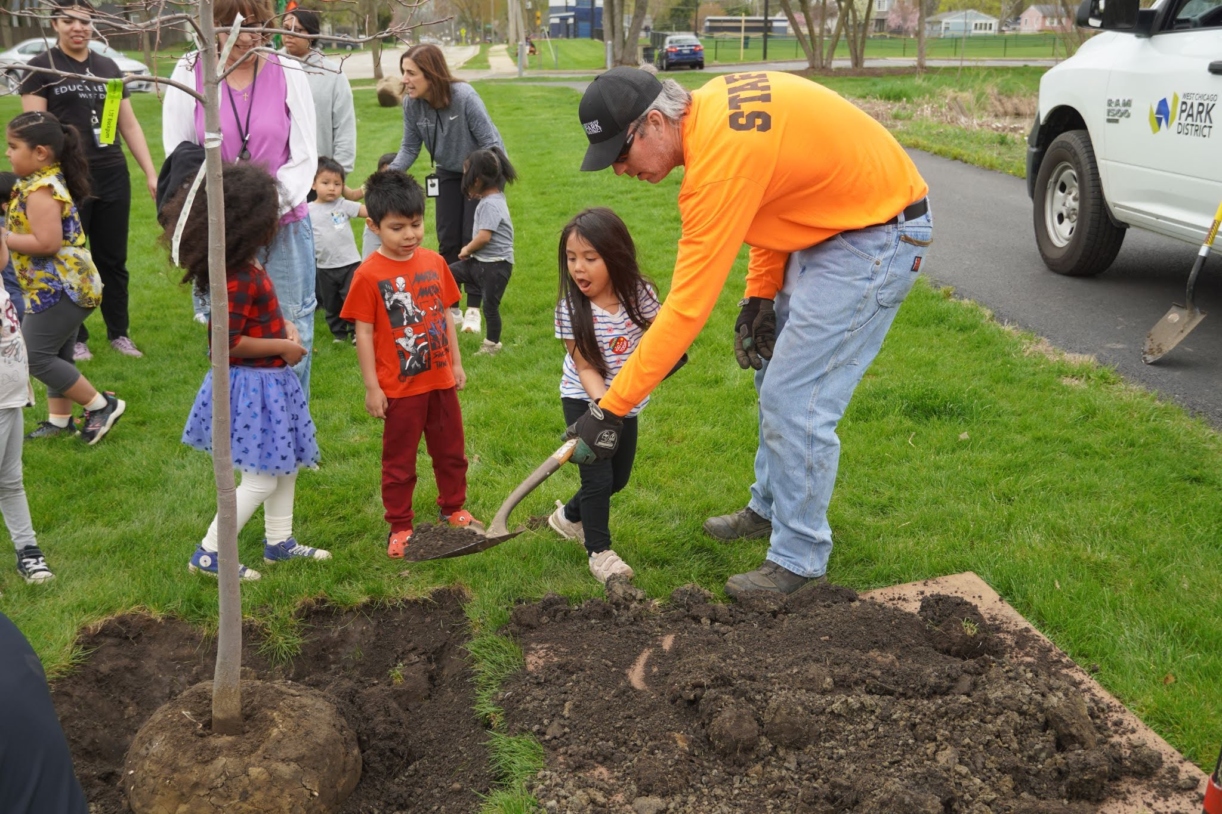The Morton Arboretum’s Chicago Region Trees Initiative collaborates with a network of partners, including community, civic, nonprofit, and green industry organizations and businesses.
CRTI has engaged more than 500 partners throughout Illinois, including municipalities, businesses, nonprofit organizations, forest preserves, park districts, private landowners and managers, and other stakeholders. Through these collaborations, CRTI works to inspire tree stewards and build municipal capacity and support for trees, with a focus on environmental equity and disadvantaged communities.
The Chicago Region Trees Initiative and its partners have developed a comprehensive plan to improve the health, diversity, and equitable distribution of the Chicago regional forest. Together, guided by this plan, CRTI and its partners have had a regionwide impact.
CRTI’s collaborations and the possibilities for partnership are wide-ranging. For example, partners may work with CRTI to:
- Organize community tree plantings
- Develop new tree protection ordinances
- Conserve and celebrate oak trees in natural areas and neighborhoods
- Improve municipalities’ tree-care capacity through staff training, volunteer development, and tree inventories
- Find funding for community tree care
- Plan to mitigate the impacts of climate change
Partners who come together in CRTI’s work groups connect with peers, share ideas, and contribute to the program’s planning on topics such as forest composition, tree and green infrastructure, tree risk assessment and management, and tree stewardship and planting.
CRTI welcomes new collaborators! Learn how you or your organization can become a partner of CRTI.



